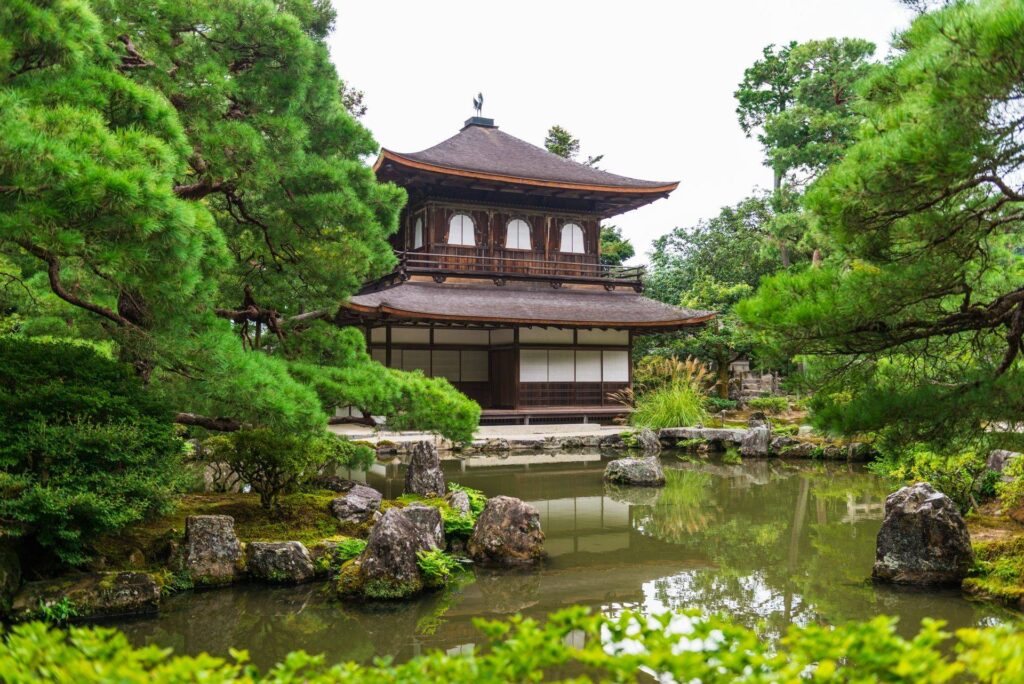Hi, I’m Hiroshi Nakamura, and today I want to delve into the art of Japanese gardens. These serene spaces are more than just beautiful landscapes; they are a reflection of Japanese culture and philosophy.
Japanese gardens are designed to create a sense of harmony and balance. Elements like water, rocks, and plants are carefully arranged to mimic natural landscapes. The use of space and the placement of each element are meticulously planned to evoke a sense of tranquility and peace.
One of the most iconic features of Japanese gardens is the use of water. Ponds, streams, and waterfalls are common, symbolizing the flow of life and the passage of time. The sound of water also adds a soothing auditory element to the garden, enhancing the overall experience.
Japanese gardens are not just found in rural areas; they are an integral part of urban landscapes as well. Many cities in Japan have beautifully maintained gardens that serve as oases of calm amidst the bustling city life. These gardens are a testament to the Japanese ability to blend nature and urban design seamlessly. Whether you’re strolling through a traditional garden in Kyoto or a modern one in Tokyo, the art of Japanese gardens is a timeless treasure.

